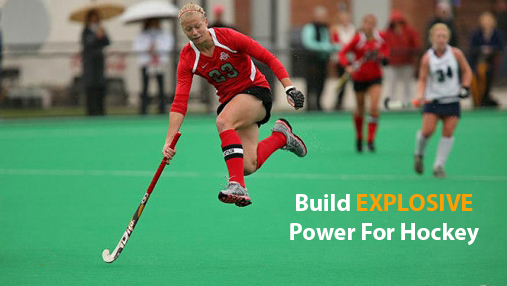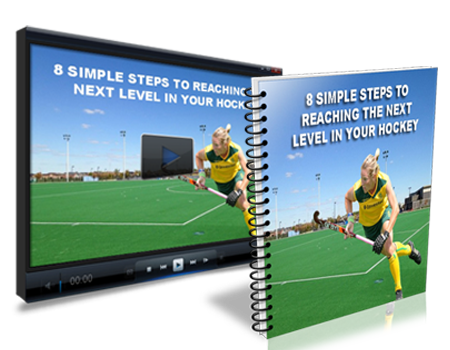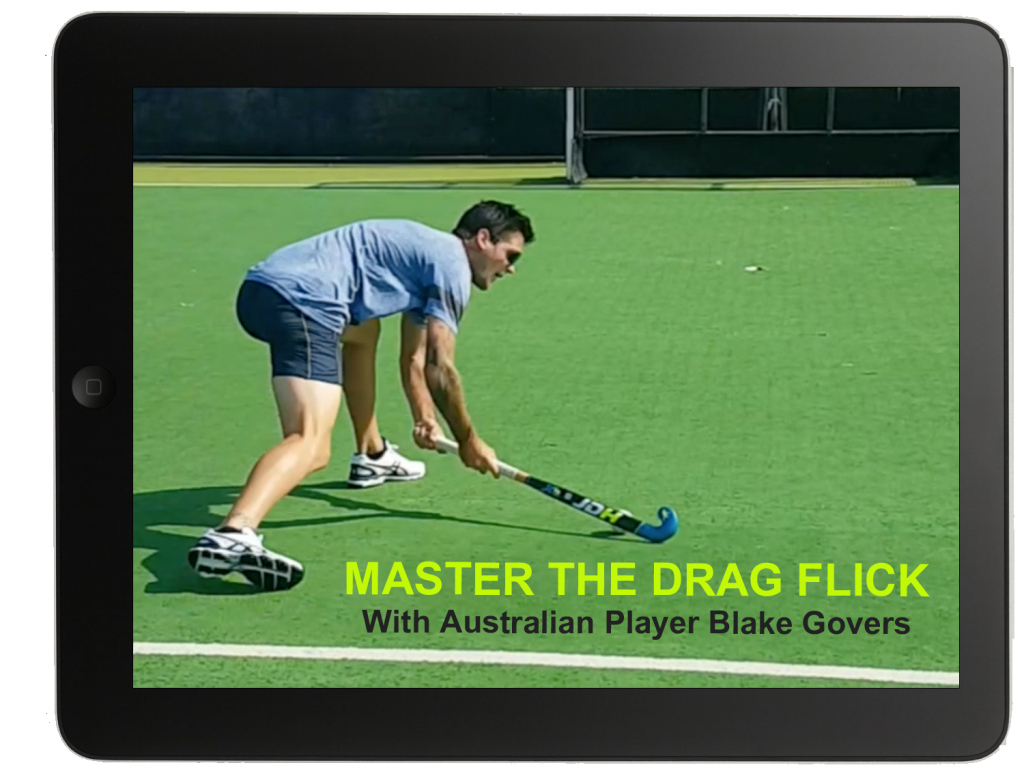All hockey players want to be powerful and explosive to get to the ball first and make an impact so in this post I will show you just one way you can do this, the safe way.
To build power you first need to develop your strength, ideally through a weight training program. Then you can move onto more power based training such as Olympic lifts, medicine balls or plyometrics.
One of many good plyometric exercises for developing power is box jumps.
This exercise targets your fast twitch fibres which will help you to build explosiveness for field hockey which will ultimately improve your performance. It’s a great exercise as long as you follow the guidelines below to reduce your risk of injury.
1. Start at the right distance:
If you are new to box jumping start with a box no higher than knee height until you are comfortably clearing the box. Make sure there is enough space between you and the box, I would recommend starting a step back from the bench or box.
2. Focus on landing:
The most important factor of this exercise is to land softly. It can cause problems for your knees if you are not careful so try make as little noise as possible when you land and try to jump higher than the box allowing you more time to prepare for a soft landing.
3. Drive your arms:
As you jump you want to drive your arms up overhead transferring energy upwards allowing you to jump as high as possible. Instinctively most people will tend to throw their arms behind their body which would cause you to lose some power.
4. Step down
Jumping off a box can have massive impact on your knees so instead I would suggest that you step down after each jump, unless you have perfect technique or are an advanced trainer. This will help to reduce your risk of injury, particularly on your knees.
5. Don’t rush
Complete this exercise focussing on technique rather than for time. Squat down to about parallel and pause before jumping; this reduces your stretch reflex of your muscles, meaning you don’t use momentum but rather the fast-twitch muscles to jump up onto the box. Take enough rest between sets to ensure you are using maximum power.
Building the complete hockey player is a process which consists of various phases. In order to build power and reduce your risk of injury, you MUST first build strength.
To learn more about becoming a fit and complete hockey player signup below to get access to our free video & ebook: 8 Steps To Reach The Next Level in Hockey















